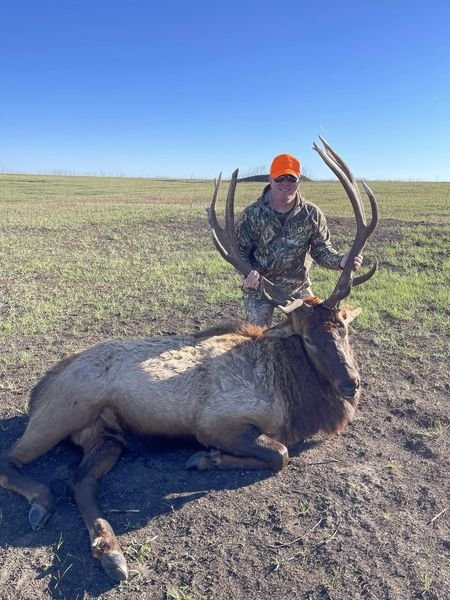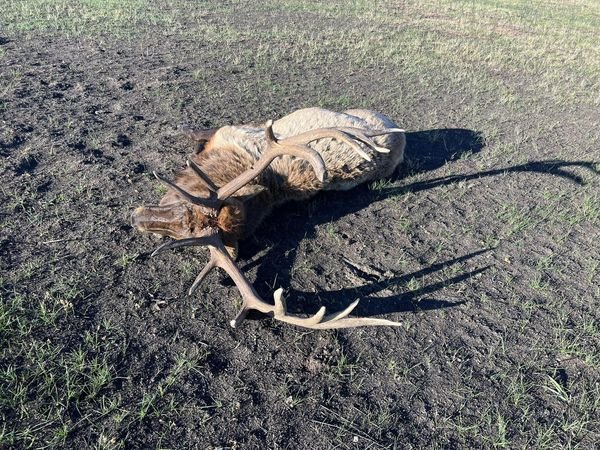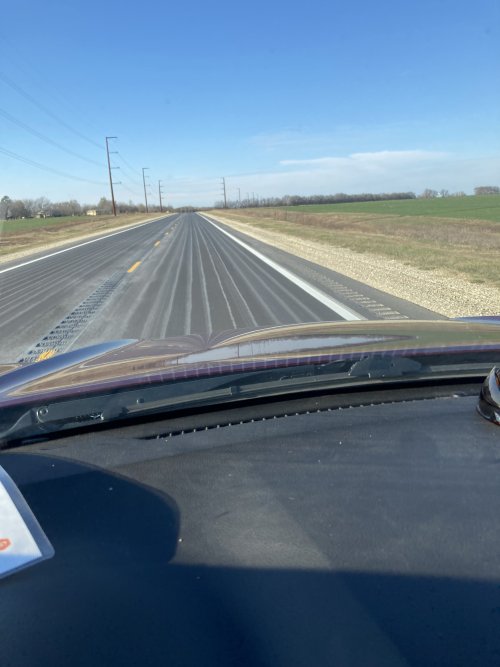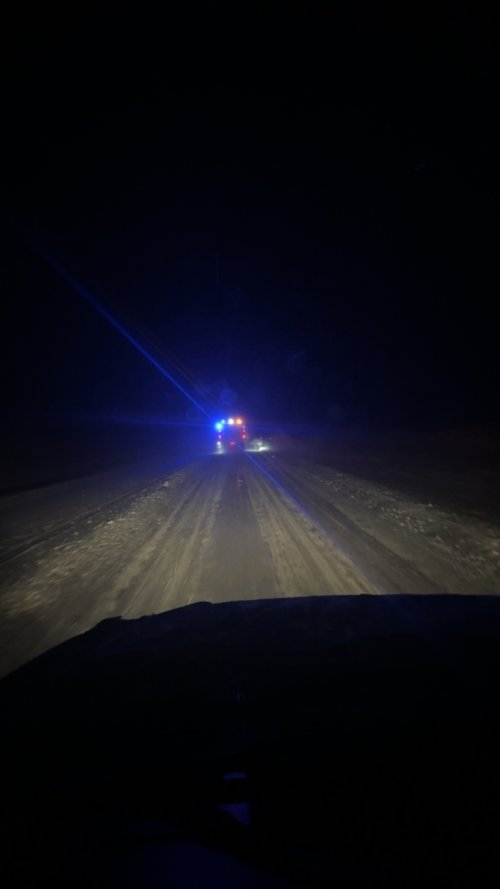Lifted from the Fort Riley hunting and fishing Facebook page:


Micheal Pearce, the last Outdoors Editor of the Wichita Eagle wrote:
"Perfect example of a Fort Riley bull…extra points, a sticker or drop, lots of mass, not much width".
As I was crawling through some of the dog-hair growth along the river bottoms, I was wondering if there is an adaptation of antler growth to allow these bulls to travel easier with narrow antler growth. It seemed that at low overhanging branches over the main trail there would be a sidestep trail around a low hanging object that might be easier for bulls (and humans) to get under.
It seems that there must be some amount of inbreeding issues due to the small number of original brood stocks from Maxwell game reserve, to the Cimarron Grasslands to Fort Riley. I know that Roosevelt antlers are typically smaller than Rocky Mountain elk subspecies, living in the "temperate rain forests" of NW USA.
Already dreaming of next weekend where hopefully I can squeeze off a lethal round.


Micheal Pearce, the last Outdoors Editor of the Wichita Eagle wrote:
"Perfect example of a Fort Riley bull…extra points, a sticker or drop, lots of mass, not much width".
As I was crawling through some of the dog-hair growth along the river bottoms, I was wondering if there is an adaptation of antler growth to allow these bulls to travel easier with narrow antler growth. It seemed that at low overhanging branches over the main trail there would be a sidestep trail around a low hanging object that might be easier for bulls (and humans) to get under.
It seems that there must be some amount of inbreeding issues due to the small number of original brood stocks from Maxwell game reserve, to the Cimarron Grasslands to Fort Riley. I know that Roosevelt antlers are typically smaller than Rocky Mountain elk subspecies, living in the "temperate rain forests" of NW USA.
Already dreaming of next weekend where hopefully I can squeeze off a lethal round.




